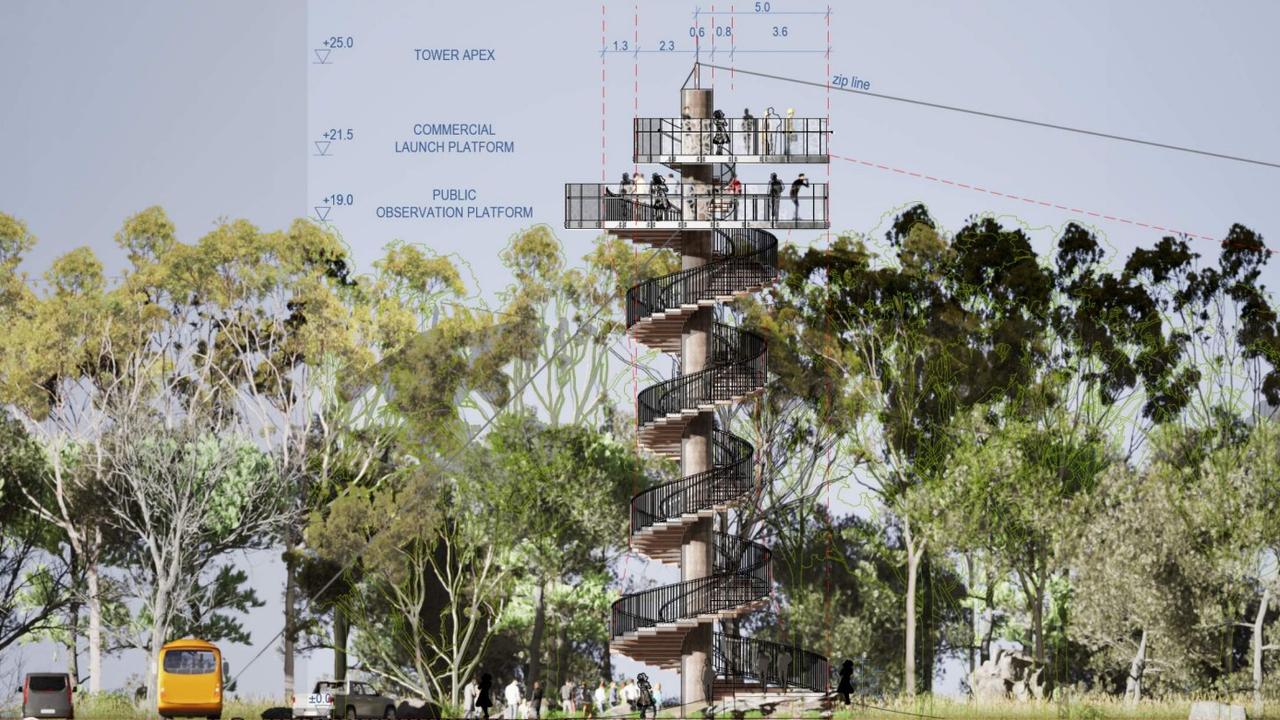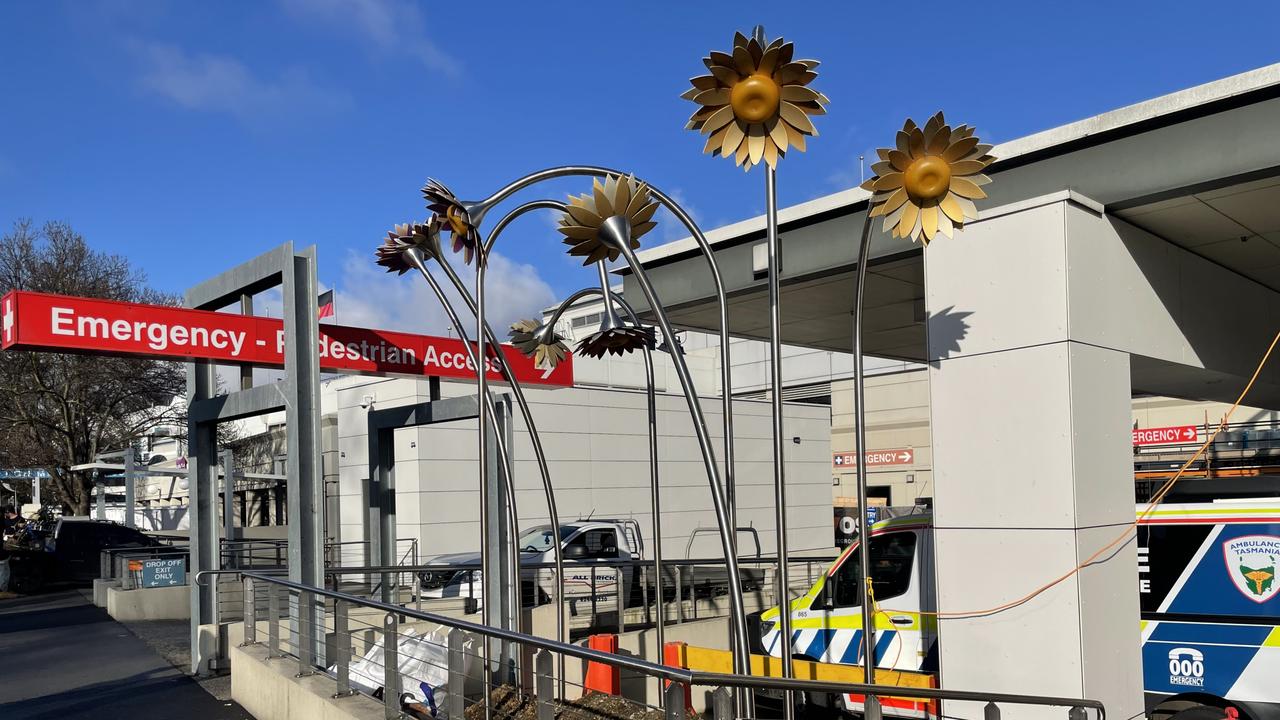The Mercury Big Issues survey: Readers cast their verdict on Collins St bike lanes trial
We asked you what you thought of the Hobart City Council’s proposed trial of bike lanes on Collins St and now your verdict is in.
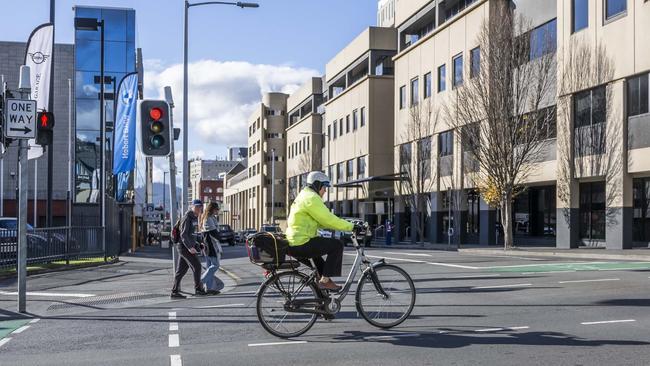
Tasmania
Don't miss out on the headlines from Tasmania. Followed categories will be added to My News.
Nearly 50 per cent of Tasmanians say they want to see more cycling and pedestrian infrastructure in the state but barely one third of the population supports the proposal for a two-year bike lane trial on Collins St, according to the Mercury’s Big Issues survey.
The annual survey gives readers the opportunity to share their thoughts on a broad range of topics, including politics, climate change, public transport, and the state’s health system.
In this year’s survey, readers were asked for the first time whether they backed the Hobart City Council’s proposal to install bike lanes on three blocks of Collins St as part of a two-year trial.
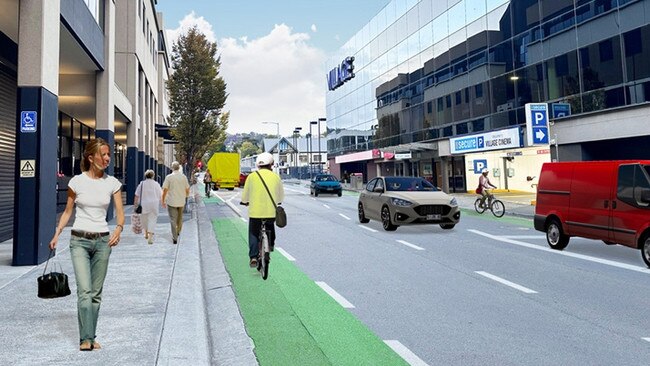
Of the 2983 people who responded to the yes or no question, 35.3 per cent said they supported the plan, while 64.7 per cent said they opposed it.
Despite this, 47.2 per cent of respondents said they would like to see more active transport infrastructure installed for cyclists and pedestrians and 52.77 per cent said they would not.
As for whether enough was being done to reduce traffic congestion in Hobart, a whopping 84.38 per cent of people answered ‘no’.
How Collins St trial is shaping up
The council says its plan for Collins St would make one of Hobart’s main streets safer and more vibrant and encourage people to linger in the city for longer, which would purportedly increase trade for CBD businesses.
It would involve the installation of separated bike lanes, the removal of about 30 carparking spaces between Molle and Victoria streets, and the establishment of streetside dining areas.
About 25 parking spaces will be retained during the course of the trial, prioritising people with disability.
The Confederation of Greater Hobart Business has staunchly opposed the trial, which is set to begin in March, saying the removal of parking would hurt local shops.
The group’s chair, Edwin Johnstone, said the survey results “confirm” that there wasn’t sufficient public support for the Collins St initiative.
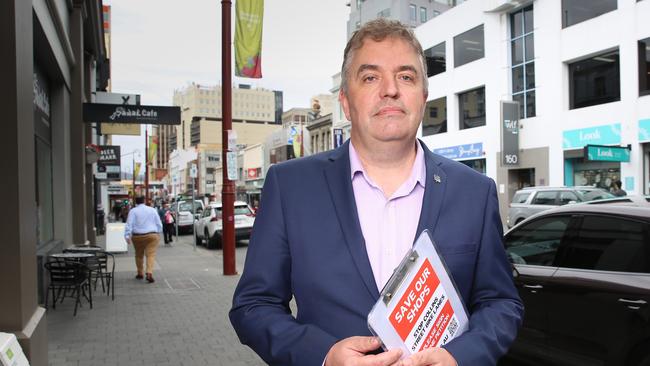
“From the beginning, we said the original proposal went too far and that is now backed up by this survey, as well as others,” he said.
“The current Collins St proposal is only going to add to congestion due to the removal of vital turning lanes at each intersection.”
But engineer and urban strategist, Steven Burgess, the director of urban design firm Complete Streets, said adding more bike lanes in the Hobart CBD would help address the city’s longstanding reliance on the private car.
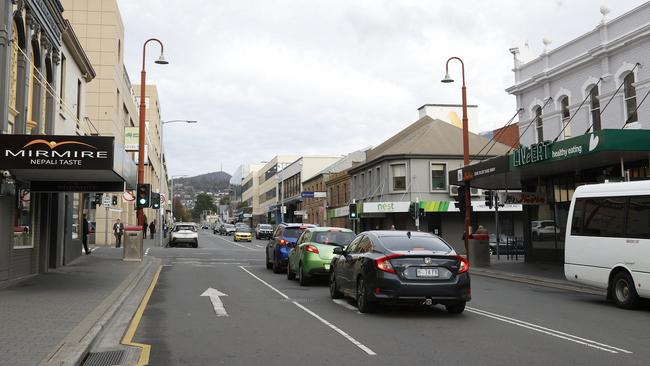
“That really high proportion of downtown parking that we’ve got is just a massive retail-killer. If you want your downtown retail to prosper, you’ve got to get more cars out and more people in,” he said.
“The more carparking there is in a CBD environment, the less prosperous the retail sector is and there are almost no exceptions to that rule. It’s because if you have less parking, people choose an alternative mode – you’re not going to catch the bus into the city to race in, grab your dry cleaning, and then drive home again,” he said.
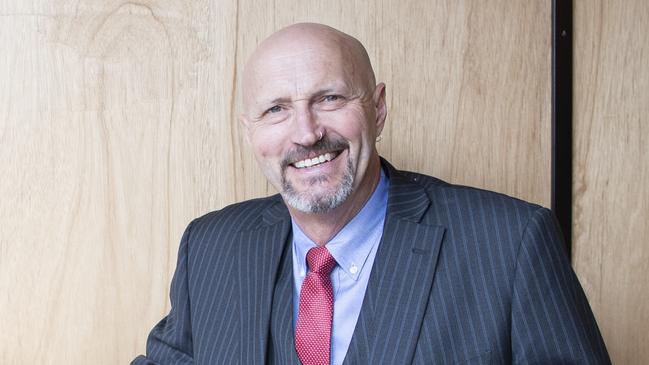
Hobart alderman Marti Zucco, who opposes the Collins St bike lane trial, which was approved by the council last year, said he was not against bike lanes as a matter of principle but he didn’t want them to be installed in the CBD.
“It’s absolutely not a problem in the residential streets that don’t affect business. This is what my fight is about and this is what the fight for those businesspeople is about. They are the affected people but they are the ones that are not being taken into account,” he said.
“So I say yes to more biking infrastructure as long as it doesn’t impact on business and the CBD.”
Mr Zucco said one solution to traffic congestion in Hobart was to establish “peripheral car parks” on the city’s outskirts, which could be serviced by free shuttle buses travelling to and from the CBD.
He also wants to see a light rail service on both the Northern Suburbs Transit Corridor and the Southern Outlet, as well as more bike parking options and free public transport for students.
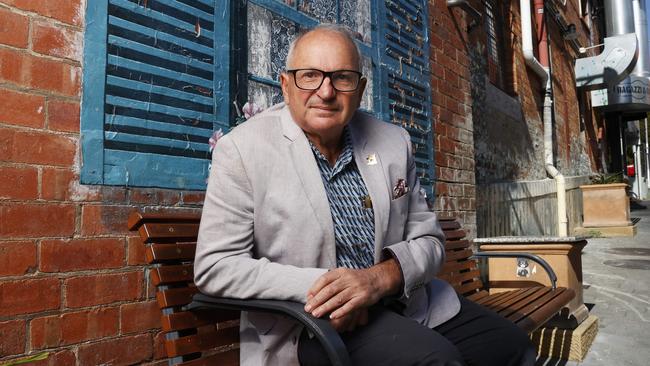
Business survival without cars
Research from Griffith University, published in 2020, found that 66 per cent of restaurant income in Brisbane came from customers who walked or took public transport, while a 2012 study showed that people in the North American city of Portland who made trips by bike spent more in local convenience stores, restaurants, and bars per month than those who drove.
However, Mr Zucco doesn’t put much stock in these findings, saying Hobart is “completely different to a lot of cities around the world” because it is a “colonial city with narrow roads”.
Bicycle Network Tasmania public affairs manager Alison Hetherington acknowledged the concerns of some older Tasmanians who might be apprehensive about the removal of some parking spaces in the CBD but stressed that it was just a trial and that bike lanes could benefit them both directly and indirectly.
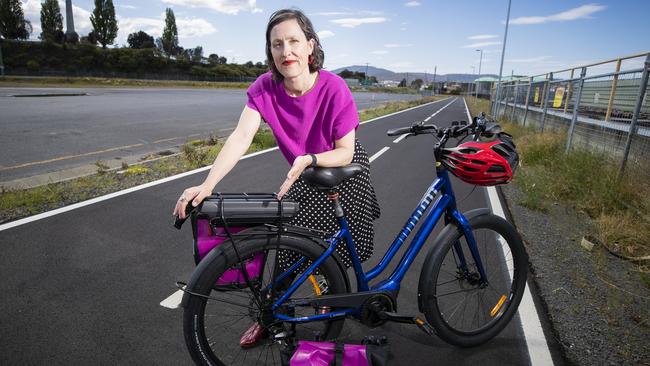
“The point of putting in bike lanes and better public transport is that it frees up the road space for people like them who do need to drive and frees up carparking and so on for those disability spaces for people who do have mobility issues,” she said.
“There’s no miracle cure for traffic congestion, other than reducing the number of cars on the road at any given time. And by providing good active transport options, we provide those alternatives to people who don’t need to drive, so people who do need to drive aren’t held up by congestion.”
More Coverage
Originally published as The Mercury Big Issues survey: Readers cast their verdict on Collins St bike lanes trial




